
Glaucoma specialists deal with numerous routine considerations on a daily basis. Andrew Iwach, MD, enumerated some of these consideration and discussed the bright spots and the pitfalls.

Glaucoma specialists deal with numerous routine considerations on a daily basis. Andrew Iwach, MD, enumerated some of these consideration and discussed the bright spots and the pitfalls.

Sixty-five genes identified with several belonging to signaling pathways

A diffractive trifocal IOL achieved satisfactory vision with a high rate of spectacle independence

While numerous techniques are available to surgeons, awareness is important
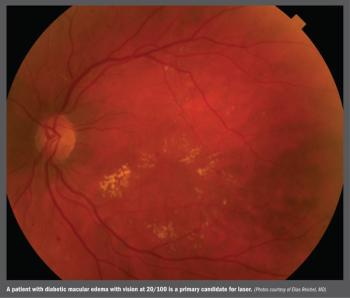
Amid the introduction of new technologies, device still playing critical role
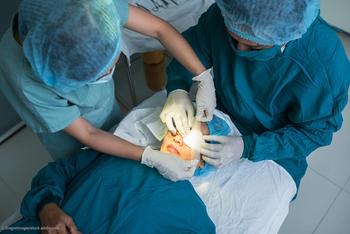
Anatomic changes after RD might help determine best time for surgery
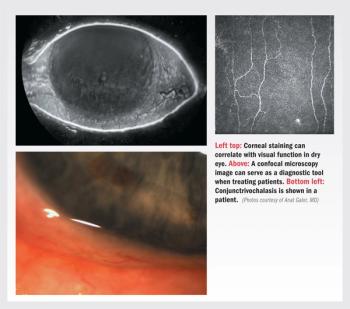
Focus of dry eye may shift to ocular surface issues that can cause discomfort in patients

May provide better anatomic improvement, decreased DR severity scores

Ganglion, bipolar cells increase options for patients with late-stage retinal disease
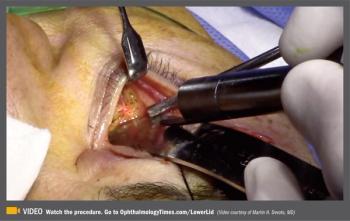
Dual-plane blepharoplasty can improve tear trough, skin, lower lid position

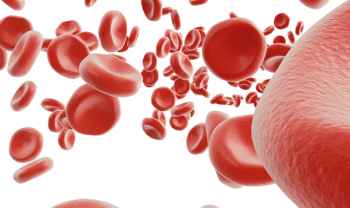
Imaging provides ophthalmologists with additional valuable information

While some results have proved to be less than promising, potential remains intact
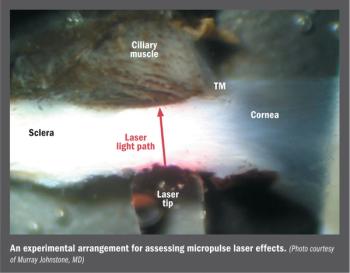
Studies have shown changes in outflow system structures mimic effects of pilocarpine


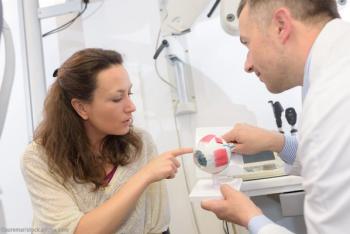
Common devices differ in hardware, analysis, and display of data

Physicians are reporting emotional exhaustion, depersonalization, and decreased accomplishment.

Communication is the key to optimizing the potential of every instructor.

Lipid regulation within primary cilia may prove to be a solution for patients
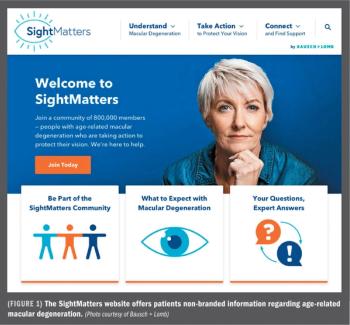
Educational format providing pipeline of information about complicated disease By

Educators must connect their own behavior to message of what is important

Meet bias headfirst by developing winning hiring, interviewing strategies


Surgeon offers some cautionary tales about unfortunate cases he has encountered


Differentiating across categories instrumental to establishing accurate value


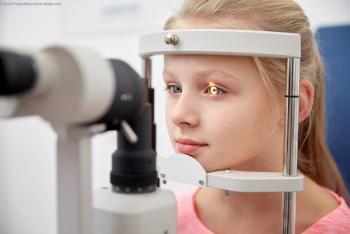
Deep Phenotyping is shedding new light on congenital corneal opacities, and with the initial diagnoses, physicians should also delve deeper to avoid overlooking the causes of some ocular anomalies.